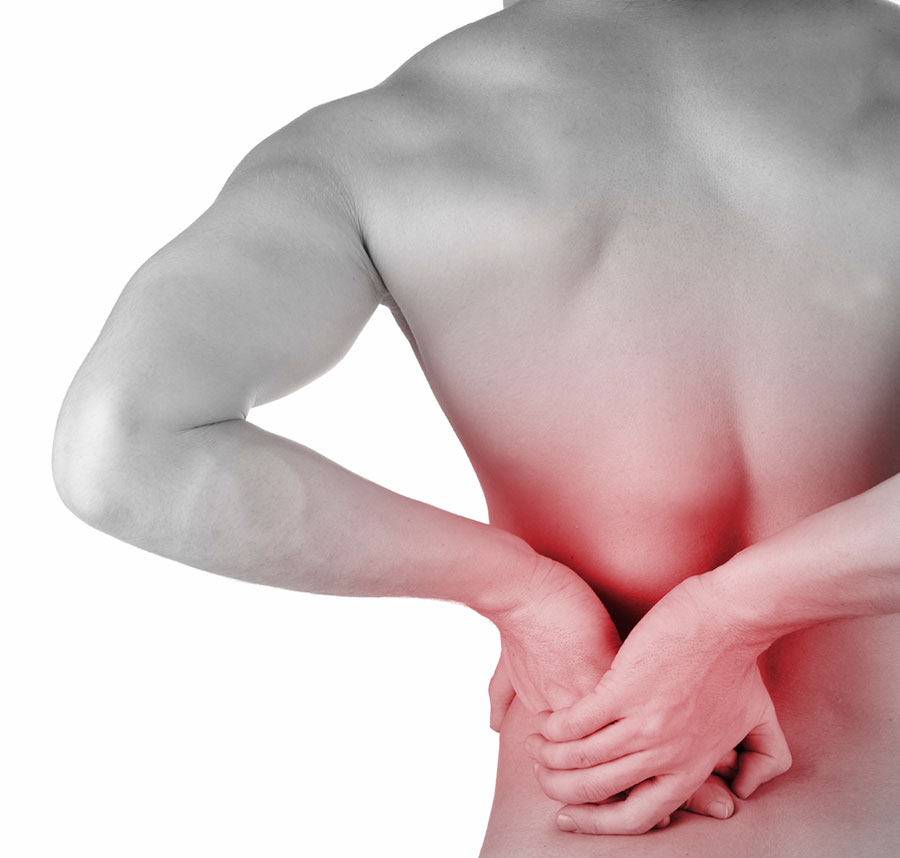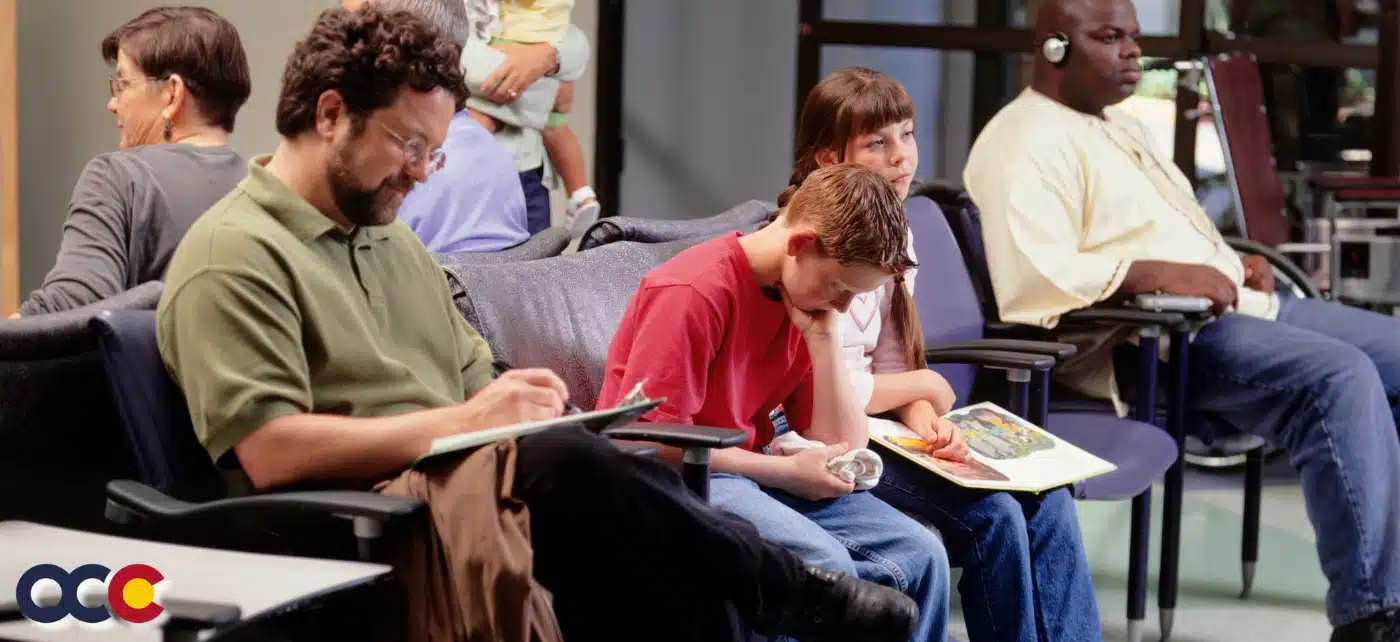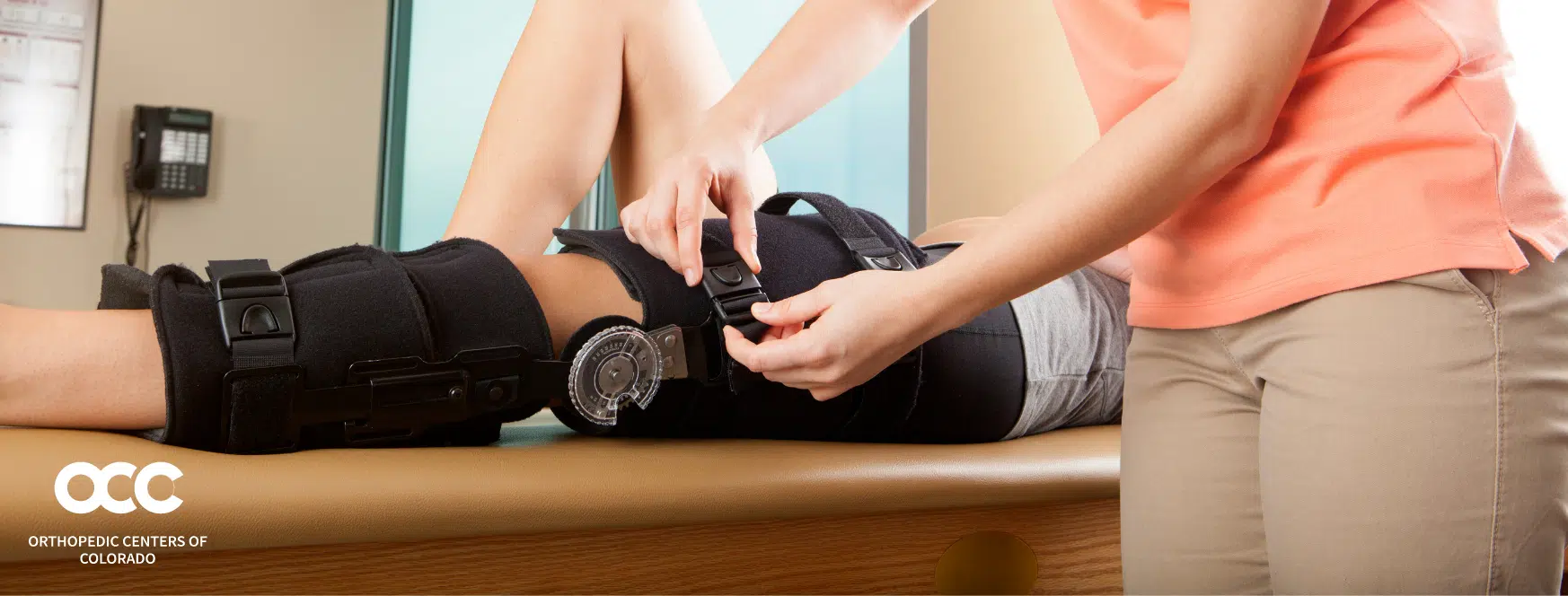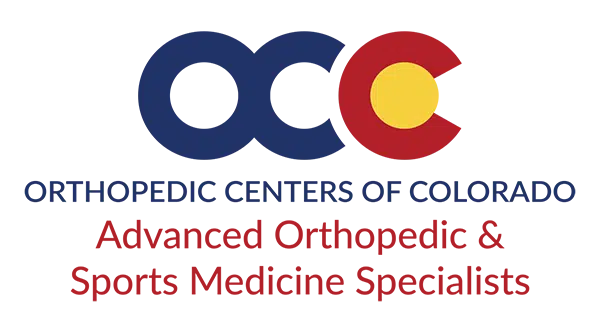[av_textblock size=” font_color=” color=” custom_class=”]
Physical Management | Medication | Surgery
[/av_textblock]
[av_textblock size=” font_color=” color=” custom_class=”]
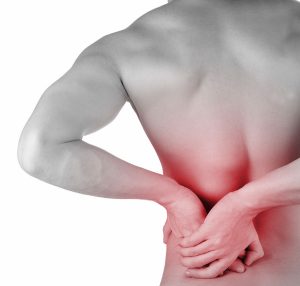
[/av_textblock]
[av_textblock size=” font_color=” color=” custom_class=”]
Physical management
Increasing general physical activity has been recommended, but no clear relationship to pain or disability has been found when used for the treatment of an acute episode of pain. For acute pain, low- to moderate-quality evidence supports walking. Treatment according to McKenzie method is somewhat effective for recurrent acute low back pain, but its benefit in the short term does not appear significant. There is tentative evidence to support the use of heat therapy for acute and sub-chronic low back pain but little evidence for the use of either heat or cold therapy in chronic pain. Weak evidence suggests that back belts might decrease the number of missed workdays, but there is nothing to suggest that they will help with the pain. Ultrasound and shock wave therapies do not appear effective and therefore are not recommended.
Exercise therapy is effective in decreasing pain and improving function for those with chronic low back pain. It also appears to reduce recurrence rates for as long as six months after the completion of program and improves long-term function. There is no evidence that one particular type of exercise therapy is more effective than another. The Alexander technique appears useful for chronic back pain, and there is tentative evidence to support the use of yoga. Transcutaneous electrical nerve stimulation (TENS) has not been found to be effective in chronic low back pain. Evidence for the use of shoe insoles as a treatment is inconclusive. Peripheral nerve stimulation, a minimally-invasive procedure, may be useful in cases of chronic low back pain that do not respond to other measures, although the evidence supporting it is not conclusive, and it is not effective for pain that radiates into the leg.
[/av_textblock]
[av_textblock size=” font_color=” color=” custom_class=”]
Medications
The management of low back pain often includes medications for the duration that they are beneficial. With the first episode of low back pain the hope is a complete cure; however, if the problem becomes chronic, the goals may change to pain management and the recovery of as much function as possible. As pain medications are only somewhat effective, expectations regarding their benefit may differ from reality, and this can lead to decreased satisfaction.
The medication typically recommended first is acetaminophen (paracetamol) or NSAIDs (though not aspirin), and these are enough for most people. Standard doses of acetaminophen are very safe; however, high doses may cause liver problems, and very high doses can be fatal. High-quality reviews have found acetaminophen (paracetamol) to be no more effective than placebo at improving pain, quality of life, or function. NSAIDs are more effective for acute episodes than acetaminophen; however, they carry a greater risk of side effects including: kidney failure, stomach ulcers and possibly heart problems. Thus, NSAIDs are a second choice to acetaminophen, recommended only when the pain is not handled by the latter. NSAIDs are available in several different classes; there is no evidence to support the use of COX-2 inhibitors over any other class of NSAIDs with respect to benefits. With respect to safety naproxen may be best. Muscle relaxants may be beneficial.
If the pain is still not managed adequately, short term use of opioids such as morphine may be useful. These medications carry a risk of addiction, may have negative interactions with other drugs, and have a greater risk of side effects, including dizziness, nausea, and constipation. The effect of long term use is unknown. Specialist groups advise against general long-term use of opioids for chronic low back pain.
For older people with chronic pain, opioids may be used in those for whom NSAIDs present too great a risk, including those with diabetes, stomach or heart problems. They may also be useful for a select group of people with neuropathic pain.
Antidepressants may be effective for treating chronic pain associated with symptoms of depression, but they have a risk of side effects. Although the antiseizure drugs gabapentin and carbamazepine are sometimes used for chronic low back pain and may relieve sciatic pain, there is insufficient evidence to support their use. Systemic oral steroids have not been shown to be useful in low back pain. Facet joint injections and steroid injections into the discs have not been found to be effective in those with persistent, non-radiating pain; however, they may be considered for those with persistent sciatic pain. Epidural corticosteroid injections provide a slight and questionable short-term improvement in those with sciatica but are of no long term benefit. There are also concerns of potential side effects.
[/av_textblock]
[av_textblock size=” font_color=” color=” custom_class=”]
Surgery
Surgery may be useful in those with a herniated disc that is causing significant pain radiating into the leg, significant leg weakness, bladder problems, or loss of bowel control. It may also be useful in those with spinal stenosis. In the absence of these issues, there is no clear evidence of a benefit from surgery.
Discectomy (the partial removal of a disc that is causing leg pain) can provide pain relief sooner than nonsurgical treatments. Discectomy has better outcomes at one year but not at four to ten years. The less invasive microdiscectomy has not been shown to result in a different outcome than regular discectomy. For most other conditions, there is not enough evidence to provide recommendations for surgical options. The long-term effect surgery has on degenerative disc disease is not clear. Less invasive surgical options have improved recovery times, but evidence regarding effectiveness is insufficient.
For those with pain localized to the lower back due to disc degeneration, fair evidence supports spinal fusion as equal to intensive physical therapy and slightly better than low-intensity nonsurgical measures. Fusion may be considered for those with low back pain from acquired displaced vertebra that does not improve with conservative treatment, although only a few of those who have spinal fusion experience good results. There are a number of different surgical procedures to achieve fusion, with no clear evidence of one being better than the others. Adding spinal implant devices during fusion increases the risks but provides no added improvement in pain or function.
[/av_textblock]
[av_textblock size=” font_color=” color=” custom_class=”]
For more Treatment Options for Low Back Pain, please contact us for an appointment with one of our spine specialists or our pain management specialist.
Spine Specialist – Dr. Michael Shen
Pain Management Specialist – Dr. Christopher D’Ambrosia
[/av_textblock]
[av_one_full first first min_height=” vertical_alignment=’av-align-top’ space=” margin=’0px’ margin_sync=’true’ padding=’20px’ padding_sync=’true’ border=” border_color=” radius=’0px’ radius_sync=’true’ background_color=’#e0e0e0′ src=” attachment=” attachment_size=” background_position=’top left’ background_repeat=’no-repeat’ animation=”]
[av_textblock size=” font_color=” color=” custom_class=”]
Source
Content provided by Wikipedia
Text is available under the Creative Commons Attribution-ShareAlike License
[/av_textblock]
[/av_one_full]
[av_social_share title=’Share this entry’ style=” buttons=” share_facebook=” share_twitter=” share_pinterest=” share_gplus=” share_reddit=” share_linkedin=” share_tumblr=” share_vk=” share_mail=”][/av_social_share]

